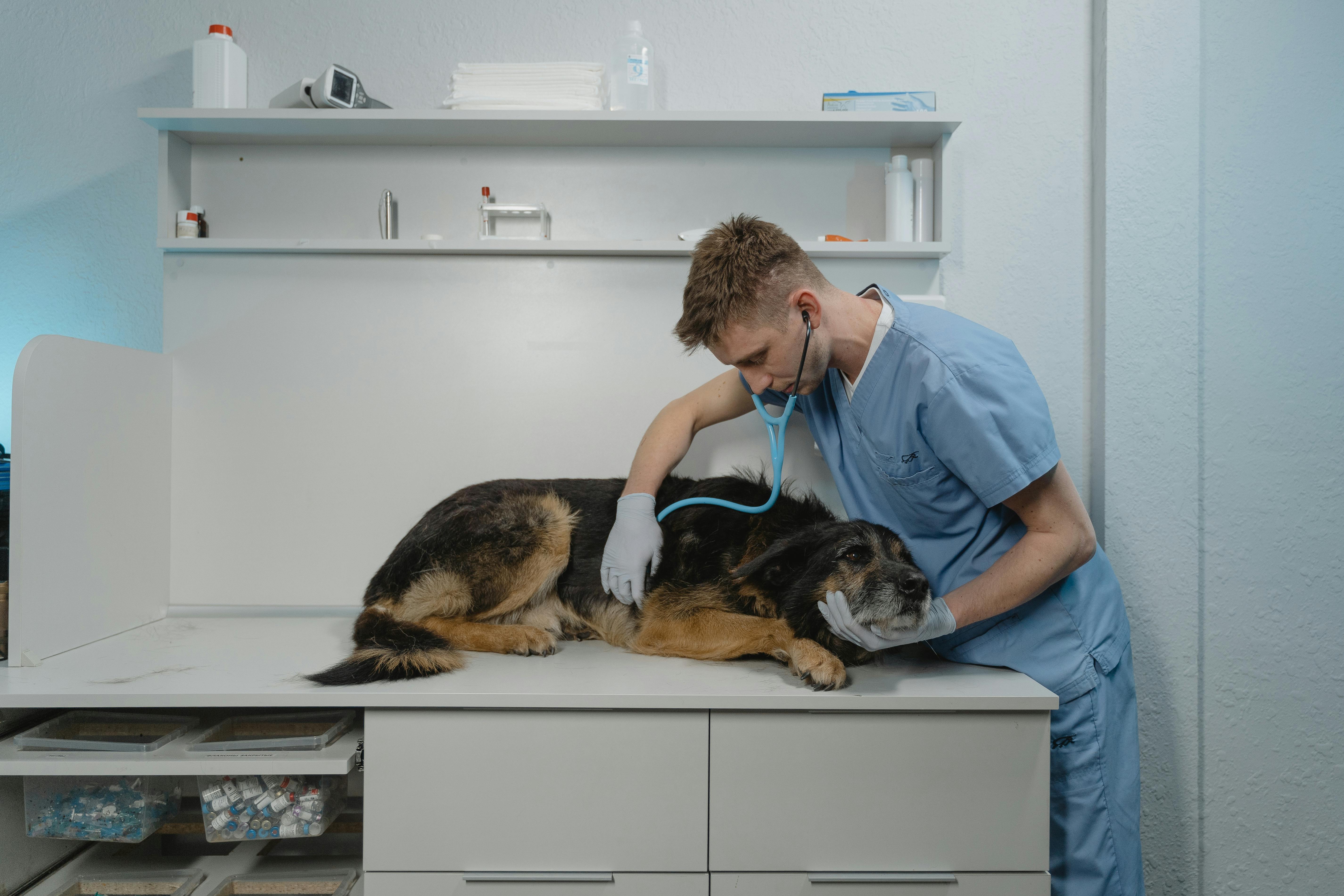My article on the longer-term business model implications of Covid-19 asked whether COVID-19 creates an opening for new, or updated, products and services that insurers should be offering to the market. This article is an attempt to answer that question, focusing on P&C/general insurance.
Personal Lines
Given its scale, let’s start with auto/motor. So far, we’ve seen major reductions in vehicle usage, and many insurers returning premium to policyholders. But what will happen next? Two potential scenarios are:
- People wonder why they’re paying for vehicles they’re not using, and sell (or end finance arrangements on) one or more vehicles, taking up any slack by using rideshare companies or (cheaper) public transport. The auto insurance market shrinks.
- People reconsider the risks to their health of using public or shared transport, so reduce their usage and buy a car instead. The auto insurance market expands.
Either scenario is believable, and I suspect both will be true, each applying to different cohorts of customers. Someone living in an area with no public transport and minimal rideshare coverage may well make a different decision from someone in the opposite position.
If this is correct, insurers need to be thinking about the potentially changing needs of different customer cohorts and adapting their sales and marketing efforts accordingly.
There’s scope for product changes, too.
Concerns about paying premiums for unused vehicles could certainly lead to increased take-up of existing usage-based, or pay-as-you-go, insurance.
But insurers could also offer some innovative "in between" options. For example, where mileage driven is a material rating factor, perhaps the customer could have the option to submit monthly odometer readings and have the premium adjusted automatically -- just as many energy companies do. Thanks, Charles Bryan, for that idea.
Turning to homeowners and renters insurance, there are product development opportunities here, too. If I’m spending much more time at home, I’m far less likely to be subjected to theft or burglary. I may have a slightly increased risk of fire breaking out (increasing claim frequency), but I’m also far more likely to notice this early, reducing claim severity. Damage through escape of water is also likely to be noticed much earlier than if the home is empty all day. So – why am I paying the same premium on days that I’m a lower risk than I pay in normal circumstances? Wouldn’t I be attracted to a usage-based or pay-as-you-go proposition for my homeowners or renters insurance if one was offered?
But also, if I’m doing my day job from home, won’t I need additional covers? What if I somehow mess up while working from home, in a way that wouldn’t happen if I was at my employer’s premises? Maybe there’s a computer virus lurking on my home network, just itching to break into my work laptop via that free conferencing app I just found. Does my existing liability or umbrella cover protect me? Or is this another opportunity for insurers to provide further covers for those feeling nervous about working from home?
See also: Pulse of Insurance Shopping During Crisis
What about pet insurance? Am I less likely to have to make a claim on such a policy if I’m spending more time at home with my pet, and exercising him or her more often? Should my insurer take that into account in its pricing? And how might my insurer take account of the fact that the pandemic closed many veterinarians’ offices?
How about travel insurance? (Thanks, Julie Culligan.) Clearly, there’s been a downturn in this product’s attractiveness over the last couple of months. I’ve certainly not renewed my own annual travel policy this time around. But what happens when people can travel again? Perhaps potential customers in a post-pandemic world will now be more aware of the risk they’re taking if they book vacations uninsured. Does this provide new opportunities for insurers? If so, do covers need to be adjusted to provide comfort to customers that the events they’ve seen in the COVID-19 pandemic will definitely be covered next time around? Will customers be prepared to pay more?
Is there any scope for developing new products or new covers altogether? Here are some initial thoughts:
Many people have now realized that their home broadband connection is more critical than they thought. Without a working connection, children can’t attend video lessons, parents can’t work remotely and the family’s entertainment options in their downtime are much more limited. Is there scope for an internet interruption product? Or even something more sophisticated that underwrites a certain level of internet bandwidth or internet speed, given multiple concurrent users?
How about personal technology and cybersecurity products? There’s a good chance that, once people’s incomes have returned, they’ll be upgrading their home tech to provide larger screens, more stable video-conferencing, and better Wi-Fi – all in case there’s a second spike. Does that provide a one-off opportunity for smart insurers to alert existing or potential customers to technology risks more generally? And should insurers consider providing cybersecurity audits to personal lines customers in the same way as some do for businesses?
Those are my initial thoughts. Are there any other personal lines product or service opportunities that insurers should be thinking about?
Commercial Lines
Some of the themes explored under personal lines are equally applicable for commercial lines insurers.
For example, many businesses, as well as individuals, will have vehicles sitting unused. And they, too, may be considering making changes to their fleet when they can. The ideas discussed above, in the context of personal lines, apply to commercial auto, as well.
Commercial property considerations, on the other hand, work in reverse from personal lines. Instead of being unexpectedly occupied, many commercial premises are now unexpectedly empty – increasing the risk of major theft, fire and water claims. Did the rating of these businesses’ polices anticipate this possibility? If not, is some element of flexible, usage-based insurance needed for commercial property, so as not to undercharge for these risks again?
Turning to more specific commercial lines products, much has already been written about business interruption insurance. In some jurisdictions, commercial lines policyholders have been very surprised to discover that their business interruption cover doesn’t cover this particular business interruption. Legal action and, in some jurisdictions, legislation is on its way to resolve the issue this time around. But what about next time? What is the opportunity available for the insurer that states, unequivocally, that the temporary closure of a company’s business by government edict will be covered by insurance?
And how about a business disruption that doesn’t go as far as a full interruption? As I wrote in my earlier article, many companies that could otherwise have stayed open found that their supply chains were no longer supplying – either because of the suppliers’ own business problems, or because the country in which the supplier was resident had banned the export of their supplies. Is this type of business disruption already covered by a typical business interruption policy? If not, does that create another opportunity for insurers to innovate? Especially as a "mere" epidemic in the supplier’s country might have the same impact in fthe uture as the current pandemic.
Turning to workers’ compensation, are employees covered by a business’s standard policy even when they are working from home? Even if their working from home was never expected, and therefore never considered, or priced, by the insurer? Unless the answer to both those questions is yes, then these products will also need to be re-written, or have optional covers added, to account for similar occurrences in the future.
And how about cybersecurity cover? We looked at that, above, as a potential new opportunity for personal lines. But should the experience of the pandemic drive changes to the product in a commercial lines context? I know of a case where an IT employee, who had never previously worked from home, was forced to do so because of COVID-19. When making an update to the company’s core systems, he used his home PC -- to which he would not normally have access when at work -- and triggered a company-wide ransomware attack. Whether that completely unexpected act is covered by the company’s cybersecurity insurance, the key question for me is whether it should be covered in the future, at least as an option, given what the insurer now knows about that particular risk. Either way, the chances are that the product needs to be redesigned.
See also: Parametric Insurance: Is It the Future?
Again, those are just my initial thoughts for commercial lines in the wake of the coronavirus. But are there any other commercial lines product or service opportunities that insurers should be thinking about?
* * *
One final thought, which applies to both personal lines and commercial lines, and therefore to the P&C/general insurance industry in general:
If there is one positive for insurers arising from COVID-19, it’s that most people in the world, whether currently insured or not, are now much more aware of the massive impact that an apparently small risk can have on both them and their business.
If insurers take steps to tailor their products and services, and to innovate based on what they have learned, there is a once-in-a-lifetime opportunity to educate potential buyers on the value of insurance -- and hence expand the market.








